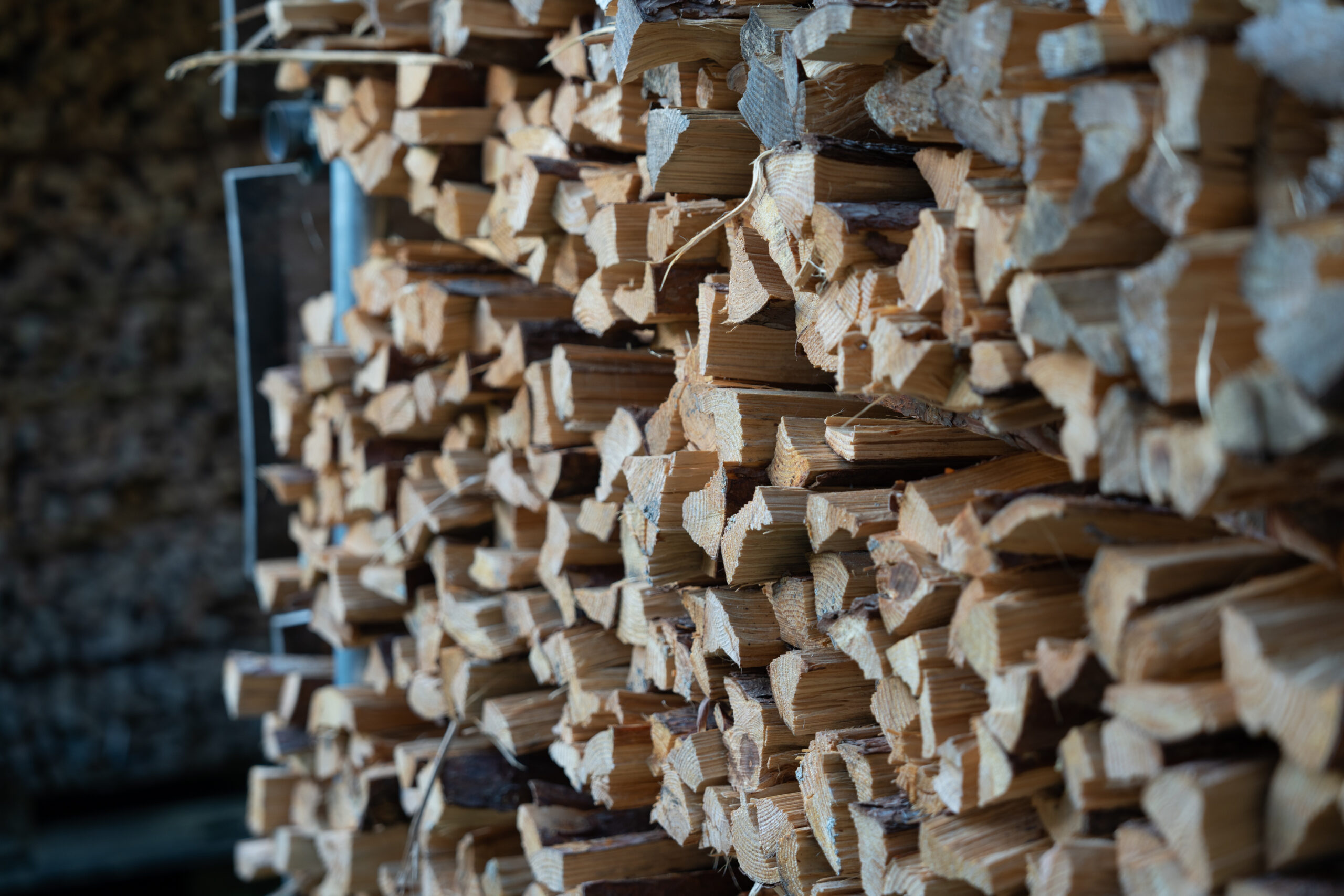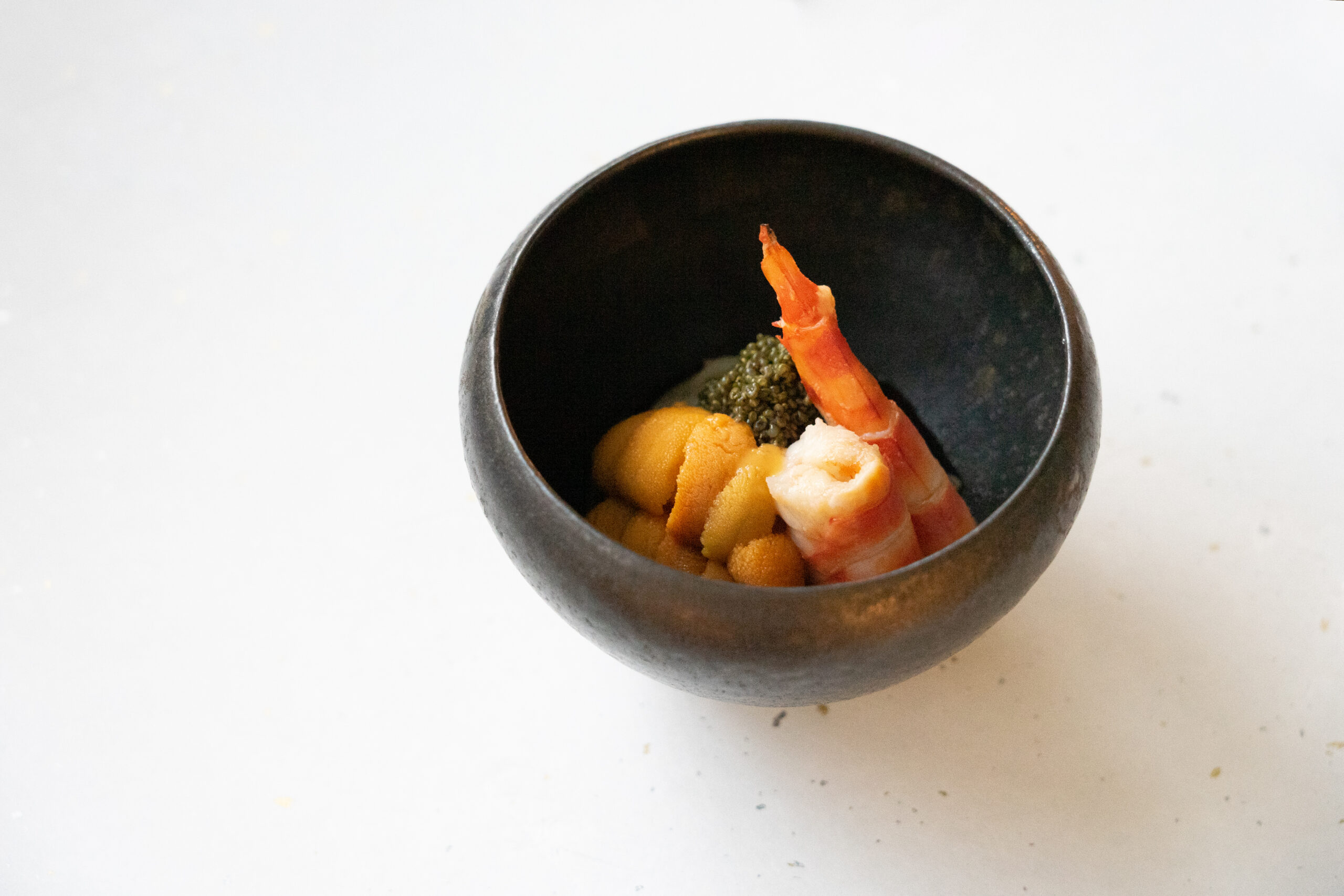I feel like I learn many things when I walk around craft producing centers in Japan. This does not mean that I have a longing for rural life. Rather, it is because I live in the city, and being in a different environment away from the city, I notice all kinds of things as I travel from one to the other. Then once I reach these places which have refined and nurtured their own particular senses of beauty, I become aware of many things. I have been learning little by little, not from any single person, nor from any single thing, but by connecting each one person to another, each one thing to another.
One of the experiences that has affected me the most was when I visited the Kuroda Kobo studio in Shiga prefecture. Until then, I tended to empathize more with creators who were trying to develop new styles rather than continuing to focus on what was “traditional.” For example I first had an impression of Mr. Usui, a representative of Kuroda Kobo studio who has presented innovative works at Milan Design Week in Italy among others, as someone constantly looking forward to new initiatives and actively working in new directions, and therefore I was expecting and hoping to hear more stories about his innovative ideas. However, what he shared with me was the total opposite. Mr. Usui is also a genuine craftsman who is involved in traditional crafts used to restore important cultural properties such as fusuma sliding doors and byobu folding screens. Carefully choosing his words, he spoke thoughtfully of the responsibility and difficulty of inheriting “tradition,” and I realized how shallow my thinking had been on what traditional craft really was.
Restoring a culturally important or historic building is not just a simple matter of fixing a broken section. The climate and environment change over time, which makes it necessary to also consider the most suitable method for repairing it in that particular environment. In some cases, it may not be possible to obtain the same materials as in the past, and sometimes it may be technically challenging to restore something due to the necessary skills not being passed down to today. There is also the risk that a poor decision could destroy the authenticity of such an important cultural asset. The heavy pressure resting on a craftsman’s shoulders with such a job is more than I can imagine. Since then, I have come to think that inheriting tradition is not about connecting dots, but connecting lines.
Not everything that moves forward is necessarily “new”. In today’s world, we take it for granted that we can easily communicate with people all over the world through the Internet… but many people will be surprised at the traditional technique of kumiko which uses no nails at all to create beautiful patterns in wood for sliding doors and such. We continue to pursue new things every day, and continue to create new products and services to make our lives more convenient and comfortable. Even as we pursue such new things, though, it seems that we are also sometimes giving old and traditional things a fresh new look. In the world of pottery, for example, there are still many artisans pursuing the beauty of Old Imari and Old Kutani ceramics. Noriko Tsuiki, who restored Kokura textiles, entered the world of weaving after becoming fascinated by Noh and Kabuki performers’ costumes. Then she found a piece of Kokura fabric in her hometown and succeeded in restoring the Kokura weaving method which had previously been lost. I think it is very precious to find people like Ms. Tsuiki who can bring such things back to life with such sensitivity in the present age. “The old is new.” I think the fact that such sensitivity to find the new within the old still exists is another example of this same pursuit of novelty today.
Text: Yusuke Shibata
Work: “Ren” / KORAI (Made by Kuroda Kobo)



